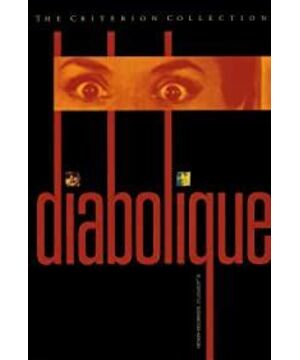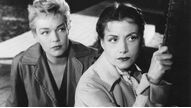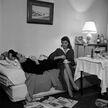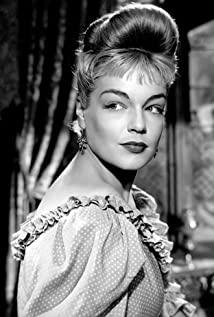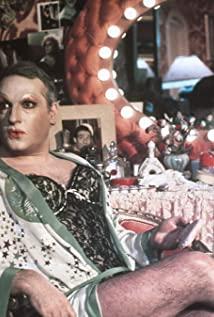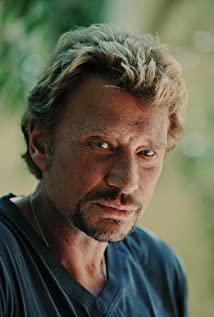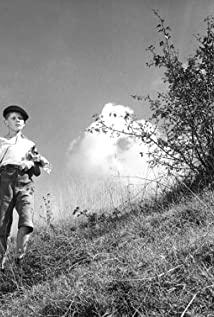tells the story of a cruel man constantly torturing his weak wife and stubborn mistress. The two women can no longer bear this torture treatment, so they decide to join forces to kill the man and throw the body into the swimming pool, but then they will When the water in the pool was drained, it was surprisingly found that the corpse was long gone....
After-viewing: I have seen "Evil" by Hong Kong Cult Film director Gui Zhihong's masterpiece earlier. The film incorporates elements of murder, ghosts, conspiracy, suspense, religion, etc. The plot of the film is layered and the story is fascinating. , Quite ironic that the praying mantis catches the cicada and the oriole in the back. Later, I had the opportunity to watch the film, and suddenly realized that Director Gui Zhihong must have watched the film, and the story of the film was the most reference model.
In the movie, the arrangement of the role setting is also ingenious. The two most important women in the movie represent a change in the status of women in the era. His wife, Christina, is frail and sickly in the setting and dare not rebel to symbolize patriarchy. The philosophical husband Michel, although he has complaints, is secretly bored and bored. He always wears a white long dress and traditional women's clothing. His romantic long curly hair and those pitiful big eyes are even more weak and not shocked, and his thinking is conservative. But kindness and personality evolved into her weakness, symbolizing the traditional female representative, her confusion, panic, and ultimate fear, which attracted the audience to identify with her, and was bewitched by clever suspense and tension; another female lover, teacher, Ni Koehler, who is totally different from his wife Christina, has pretty short hair, modern trousers and unisex outfits. He is always angry and has a full-fledged personality. He has extremely subjective thinking about any event and symbolizes independent self. The new women are no longer cowardly. In addition, the use of "water" (bathtubs, swimming pools, puddles...) in the film, and the feminist characteristics and potential homosexuality of the two meta-female roles have become the starting point for film scholars to analyze the film.
The film adopts a subjective lens performance, focusing more on the facts exposed by the lens from the perspective of individual characters. On the one hand, it deepens the audience's fun in discovering the truth, and on the other hand, it also hides the facts in the lens. Under the surface. In some scenes, it is a very guiding lens setting. The angle of sight is narrowed by obstacles, which widens the gap between real time and movie time (or produces a psychological illusion of jet lag), which can be firmly held The mood of the audience. Like the mature American film noir, the depiction of character psychology, especially the distorted emotions under fear, is also wonderful.
Suspense films and suspense novels face the same problem, which is to control the release rhythm of clues. Because of the authenticity of the image, the lens is obviously more mind-blowing in the technique of hiding the facts than words.
Many people think that Hitchcock is a master of horror, but in fact, Hitchcock's filming of "The Terror" was also deeply influenced by the film, such as people resurrected after death, murder in the bathroom, and even close-ups of the rotating water washing down the bathtub. Lens (angle adjusted). The weird shadows created by the swinging ceiling lights. The mysterious hotel guest who never showed up had only a set of dry-cleaned clothes as proof of existence-this detail later appeared in Hitchcock's other classic film "North by Northwest".
8 points.
View more about Diabolique reviews


